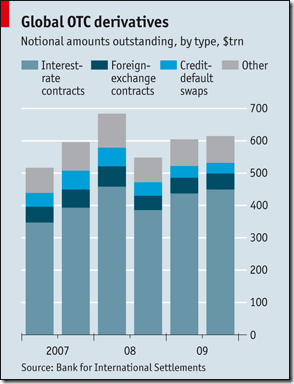
"CZX’s Cardiac Creek deposit (Akie property) represents one of the top 10 largest undeveloped zinc deposits on the planet. The deposit is very good grade with a very high grade section within it that could be mined first (quicker payback of capital). CZX also has a very large prospective land package – this represents a district scale opportunity in mining friendly BC, Canada. Infrastructure in the area is relatively advanced (full road access, railway, power facility, deep sea port). Neighboring property / deposits owned by big players Teck Resources and Korea Zinc. We are going to China to visit Tongling and other Chinese companies next week for further discussions on our project development"

"Tongling exercises its warrants at 20% premium to the market today (0.50CAD) - it is a very positive sign of commitment. Now Chinese company holds 17.5% in Canada Zinc Metals CZX.v, when will they bid for the whole company? Another important shareholder is Lundin Mining LUN.to With new Bailout in Europe direction is to Inflation and Commodities are the place to be. Another company we are following here is engaged in this Chinese M&A in Canada story: TNR Gold Corp. with International Lithium Corp. where CZX has a stake. Will shareholders in TNR Gold wake up one morning with new Chinese connection one day?"
With recent market meltdown Canada Zinc Metals provides another very good Entry point into this Chinese M&A play in Commodities in Canada. Markets are signaling that risk appetite could be back now and Company reports that after Chinese Tongling has exercised their warrants at 0.6CAD it was able to secure another sizable financing at that level with more than 20% premium to the market.
2010-05-27 07:44 ET - News Release
Mr. Peeyush Varshney reports
CANADA ZINC METALS ANNOUNCES NON-BROKERED PRIVATE PLACEMENT
Canada Zinc Metals Corp. has arranged a private placement of five million units at a price of 60 cents per unit for gross proceeds of up to $3-million.
Each unit will consist of one common share and one-half share purchase warrant of the company. Each whole warrant will entitle the holder to purchase one additional common share at a price of 80 cents for a period of 18 months from closing.
A finder's fee of 7 per cent will be paid on the private placement. The private placement is subject to TSX Venture Exchange approval.
The proceeds of the private placement are anticipated to be used for further exploration of the Akie Sedex zinc-lead deposit and for working capital purposes.
About the Akie and Kechika regional properties
The Akie zinc-lead property is situated within the southernmost part (Kechika trough) of the regionally extensive Paleozoic Selwyn basin, one of the most prolific sedimentary basins in the world for the occurrence of Sedex zinc-lead-silver and stratiform barite deposits.
Drilling on the Akie property by Inmet Mining Corporation during the period 1994 to 1996 and by Canada Zinc Metals since 2005 has identified a significant body of baritic zinc-lead Sedex mineralization (Cardiac Creek deposit). The deposit is hosted by variably siliceous, fine-grained clastic rocks of the Middle to Late Devonian Gunsteel formation. The company has outlined an NI 43-101-compliant inferred resource of 23.6 million tonnes grading 7.6 per cent zinc, 1.5 per cent lead and 13.0 grams per tonne silver (at a 5-per-cent zinc cut-off grade).
Two similar deposits, Cirque and Cirque South Cirque, located approximately 20 kilometres northwest of Akie and owned under a joint venture by Teck Resources and Korea Zinc, are also hosted by Gunsteel rocks and have a combined geologic inventory in excess of 50 million tonnes (not 43-101-compliant) grading approximately 10 per cent combined zinc and lead.
In addition to the Akie property, Canada Zinc Metals controls a large contiguous group of claims which consist of the Kechika regional project. These claims are underlain by geology identical to that on the Akie property (Cardiac Creek deposit) and Cirque. This project includes the 100-per-cent-owned Mt. Alcock property, which has yielded a historic drill intercept of 8.8 metres grading 9.3 per cent zinc and lead, numerous zinc-lead-barite occurrences, and several regional base metal anomalies.
All of the company's claims (77,889 hectares), with the exception of a small isolated block (2,293 hectares), are in good standing, under the provisions of the Mineral Tenure Act of British Columbia, until Dec. 8, 2018."

































